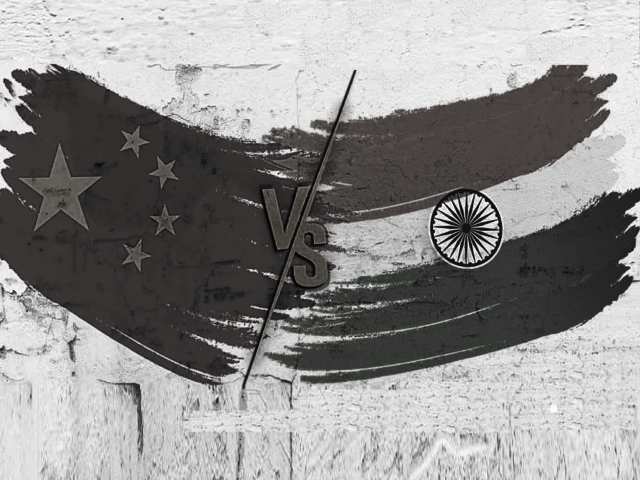India says its forces clashed with Chinese troops in a disputed border area, the first such clash in more than a year.
Since a major clash in 2020 that killed at least 24 troops, the countries have been working to de-escalate tensions.
However, the Indian army stated on Monday that a clash occurred last Friday in the Tawang sector of Arunachal Pradesh state, at India’s easternmost tip.
Both sides were involved, and a few soldiers were injured.China has yet to respond to the standoff. However, an Indian army source told Reuters that at least six Indian troops were injured.
China and India share a disputed 3,440km (2,100 mile) long de facto border, known as the Line of Actual Control, or LAC. Because of the presence of rivers, lakes, and snowcaps, the line can shift. At several points, the soldiers on either side, representing two of the world’s largest armies, come face to face.
China and India share a disputed 3,440km (2,100 mile) long de facto border, known as the Line of Actual Control, or LAC. Because of the presence of rivers, lakes, and snowcaps, the line can shift. At several points, the soldiers on either side, representing two of the world’s largest armies, come face to face.
The most recent clash, on January 20, injured troops on both sides. It happened along the border in the Indian state of Sikkim, which is sandwiched between Bhutan and Nepal.
The year 2020 was especially violent. The June clash in the Galwan Valley, which was fought with sticks and clubs rather than guns, was the first fatal clash between the two sides since 1975.
India accepted responsibility for its losses. China did not respond to reports that it had also suffered fatalities.India accused China of inciting military tensions at the border twice in a week in August. Both charges were denied by China, which blamed India for the standoff.
China accused India of firing shots at its troops in September. China was accused by India of firing into the air.If true, it would be the first time shots were fired at the border in 45 years. An agreement signed in 1996 prohibited the use of firearms and explosives near the border.
The two countries have only fought one war, in 1962, when India was humiliated.However, simmering tensions carry the risk of escalation, which can be disastrous given that both sides are established nuclear powers. There would also be economic consequences because China is India’s largest trading partner.
Growing political tension has strained ties between Indian Prime Minister Narendra Modi and Chinese President Xi Jinping, mirroring the military standoff.According to observers, talks are the only way forward because both countries have a lot to lose.

